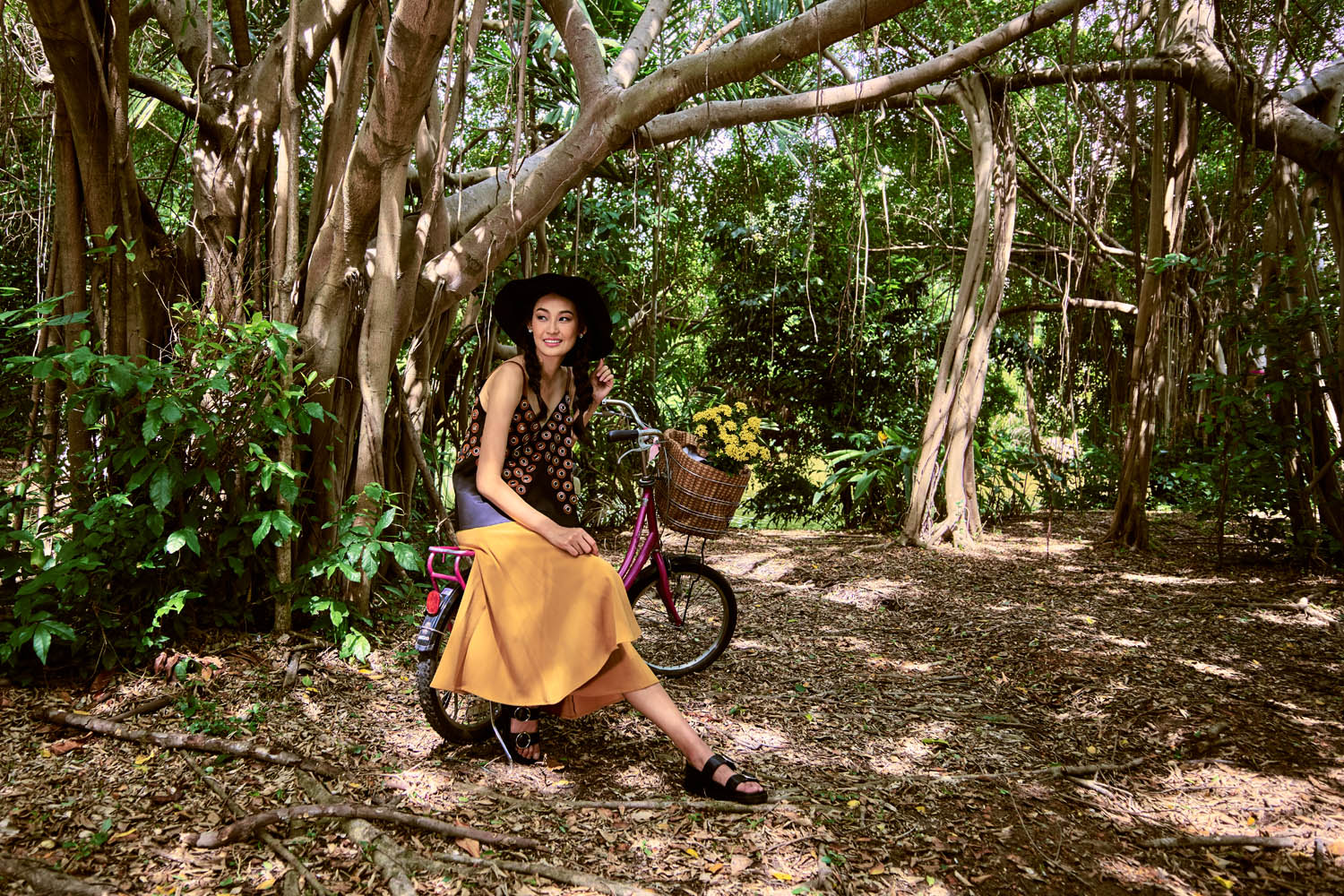
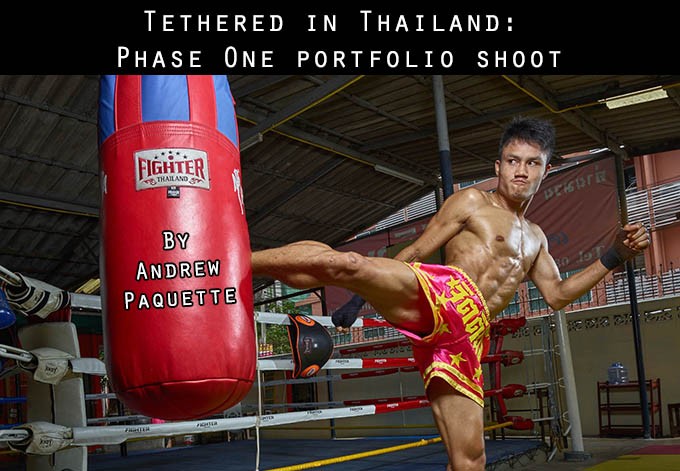
Tethered in Thailand: Phase One portfolio shoot
By Andrew Paquette – www.paqart.com
In 2006, I picked up a Nikon D70 to take photographs of my paintings. At about that time I became curious about the creative potential of photography. In 2013 I picked up a Nikon D800 and some Zeiss lenses with the goal of using the gear purely as photography equipment, with no secondary artistic purpose in mind. The photos would be the product, period.
It was interesting to make compositions in camera instead of on paper or canvas because there are many differences in how it is done. For one thing, every element of a photo had to be present and doing the right thing in the right way when the shutter release was pressed. When making comic books, illustrations, visual effects shots, paintings, or drawings, any element of the image could be tweaked any way I liked, regardless what was in front of me. This was not an insignificant difference. Also, much of the appeal in the type of visual art I practiced came from my drawing and colour matching skill, both of which are irrelevant to a camera because a camera will always ‘draw’ an image perfectly and capture whatever colours are present. This opened the door to paying attentions to different creative issues, like content, story, lighting, texture, and so on.
By the present year (2015) I had practiced enough that I wanted to make a sports and fashion photography portfolio. Sports because I like to capture dynamic action and fashion because it reminds me of painting. The sports photos I had covered because I had plenty of shots from the Dutch Streetball Masters basketball tournament. The fashion portfolio however, promised to be more of a challenge.
The planning of this project was more extensive than I expected, but it had to be done and in the end it helped a great deal. The first step was to have an idea of what I wanted to shoot. To do this, I decided on three themes. The first set of photos would emphasise a model in several settings at a luxury hotel. For the second, I wanted a model to be a quiet magnet of attention surrounded by a busy and chaotic city. The last group would follow a model as if she were a college student on holiday in a rural part of Thailand. These themes allowed for different clothing styles, locales, and personalities among the models.
The next step was to figure out how I was going to find the people I needed to do this. After some searching on the Internet, I found the Fame Management Agency of Bangkok. They would supply models, stylist, MUA and hair stylist, catering, transportation, and coordination. With this done, I needed to pick the models, locations, and then make colour comps to give the stylist an idea of what I wanted to accomplish. In addition to these, I also found images of clothing, hair, makeup, and lighting to use as a style guide for each of the shots.
Figure 1 color comps
It took me about three weeks of evenings and weekends to make the sketches for the three shoots I had in mind, all based on location scouting done on Google Earth and street view mode. In the end I settled on three scenes for each shoot for a total of nine different shots. If I got a minimum of one good shot from each, the project would have been successful in my eyes. I hoped for more, but that was my minimum measure of success.
As the schedule developed for the shoot, I saw that I had enough time to squeeze in more shots. First, the stylist had found more outfits than I needed for one of the shoots, and then for the same shoot I had found more locations than I could deal with in one day. To accommodate this, I extended shooting by one day in that location. Then, I found a good Yoga asana performer and added one day to shoot her performing yoga asanas. Finally, PN Studio, the studio providing lights to the shoot, agreed to find a Thai boxing ring I could use for a boxing shoot. With that done, I now had six shooting days out of fourteen. The balance of that time would go to troubleshooting as needed on location.
My first day in Bangkok was tough. After about 36 hours without sleep by the time the plane landed, I had to quickly drop my bags at the hotel and then rush over to the Fame agency to meet with the producer and stylist there, Jha and ‘BM’, respectively. After that I had to go to the lighting rental place and meet with them. The entire trip was like this because, as it turns out, six days of shooting out of fourteen is actually quite a lot. For instance, once I was on the ground, I had to personally check every location to verify they would work. This meant re-scouting all of them and this meant a couple of days spent driving around checking out these places.
The locations proved to be the biggest problem for various reasons. On the first day, a location I had selected was suddenly unavailable so we had only a few hours to find a replacement. Luckily, a woman named Sirirat Traisupa from the Shangri-La Hotel was able to accommodate us by providing a couple of locations within the hotel. Another location that we got permission to use actually kicked us out halfway through because some other person didn’t want us shooting there. It was a public park, but he didn’t like the idea of a fashion model wearing fashion-y clothes in his park. That almost killed the entire day after only three hours of shooting, but our lighting assistant, ‘King’, found a wonderful alternate right around the corner. It looked nothing like what I’d planned, but we improvised and got some of my favourite shots of the trip there. The rural shoot didn’t present any permission problems, but the giant-sized biting ants didn’t endear themselves to the models, and the lighting assistants probably would have preferred carrying their equipment shorter distances in an air-conditioned environment. Another shot from this area that didn’t go as planned was one of a half-height orange telephone booth in the middle of the jungle. In street view, this looked like a great shot that would be interesting to western audiences not accustomed to seeing working phone booths in the middle of nowhere, but I discovered that the booth is almost sitting directly on a very busy rural road. The other side was jungle, but to get the shot I wanted, someone would have to be in the road and that would have been too dangerous. As an alternative I found another phone indoors and shot that.
The shooting went pretty well, but I had a serious technical problem with my Mac PowerBook: I simply did not know how to use the touch pad. I have used PCs for thirty years, but bought this, my first Mac, specifically for this shoot so that I could shoot tethered. For the most part it worked out fine, but my attempts to zoom in on images in Capture One seemed to drive the lighting assistant crazy because I could only do it occasionally by accident. This is because I was trying to use the spread finger gesture familiar to me from the iPad, but should have used the two finger drag gesture for this device. Unfortunately I didn’t discover it until all the shoots were over. If the assistant’s English had been better, he may have been able to explain the problem, but as it was it was just frustrating for both of us.
English language proficiency in general caused some communication problems from time to time. If I had known this would be an issue I would have hired a translator for the shoot. I was told that several of the people on the shoots would speak English so I didn’t have to worry about it, but in practice their pronunciation was very hard to understand just as they had a hard time understanding me. One of the models (Aim Nizayeva) once worked as a Russian to English translator, which really helped on her shoot but only in reference to directing her. The lighting assistant also spoke English, but only with serious effort could we communicate. On this issue, the best shoot was the yoga shoot. The reason is that the model, Betty Nitade, spoke flawless English and Thai. The lighting assistant at the studio (different from the other lighting assistants I worked with) couldn’t speak English at all, but Betty translated all of my instructions perfectly and I got exactly what I wanted with minimal fuss.
In comparison with my sketches, only one of the photos resembles the sketch that inspired it but all of the sketches were useful because they solidified in my mind what I wanted to get. This made it easier to communicate to the team and to make whatever adjustments were needed.
Equipment
Camera: Phase One DF+, IQ250 digital back, Schneider-Kreuznach 80mm LS lens and SK 28 mm LS lens.
Lights: Broncolor 2400w/s heads and 1200 w/s heads, plus reflectors, beauty dish, grid, and miscellaneous light shapers
The photos:
Figure 2 Overpass 80mm, ISO 100 f/9 1s
–
Figure 3 Balcony 28mm, ISO 100 f/8 1/10s
–
Figure 4 Cafe 001 80mm, ISO 200 f/4 1/100s
–
Figure 5 Cafe 002 28mm, ISO 200 f/4.5 1/50s
–
Figure 6 Jungle Bike 001 28mm, ISO 200 f/5 1/80s
–
Figure 7 Jungle Bridge 003 80mm, ISO 100 f/5 1/160s
–
Figure 8 Jungle Doors 28mm, ISO 100 f/5.6 1/250s
–
Figure 9 Pier 004 80mm, ISO 100 f/2.8 1/40s
–
Figure 10 Pier Boxing 001 80mm, ISO 100 f/5 1/250s
–
Figure 11 Tea 001 80mm, ISO 200 f/8 1/30s
–
Figure 12 Yoga 001 80mm, ISO 100 f/6.3 1/160s
–
Figure 13 Yoga 002 80mm, ISO 100 f/5.6 1/250s
–
Figure 14 Yoga 005 80mm, ISO 100 f/5.6 1/250s
–
Figure 15 Boxing 001 28mm, ISO 400 f/11 1/400s
–
Figure 16 Boxing 002 28mm, ISO 400 f/10 1/500s
–
Figure 17 Boxing 003 28mm, ISO 400 f/10 1/500s
Credits:
Photography: Andrew Paquette
Stylist: BM
Models: Aim Nizayeva, Pair, Bow, Betty Nitade
Makeup and hair: Wuttichai Jaiyong and others from the Bobbi Brown agency/Thailand
Clothes by: Tandt Bangkok, Nicha, Greyscale Shirt, Thanaporn Lanthong, Anchana Veeradaechapol, Soraya Kwanharn, Purinutt
Lighting assistants:
Producer: Jha
Agency: Fame Management Agency
Lighting rental: PN Studio
Studio rental: Pirate Studio
Boxing gym: Jitti gym

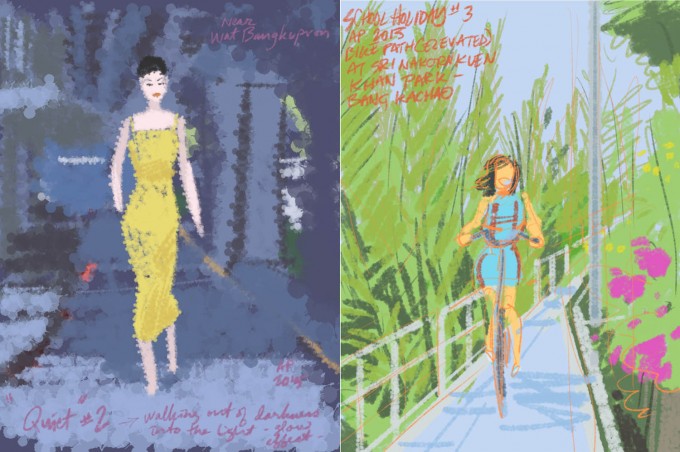
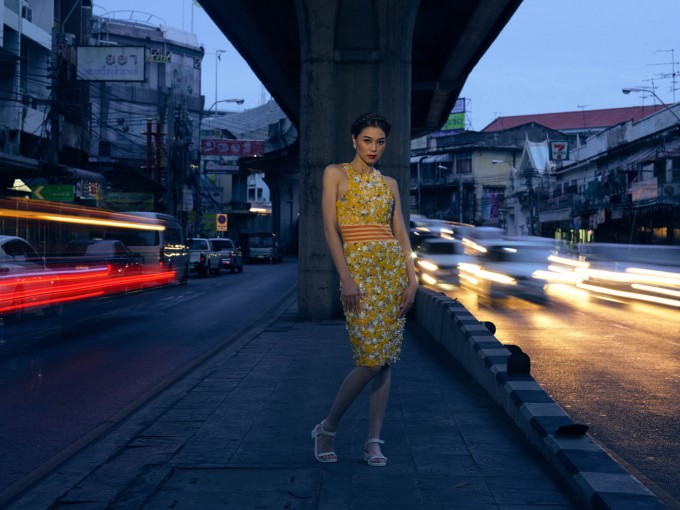
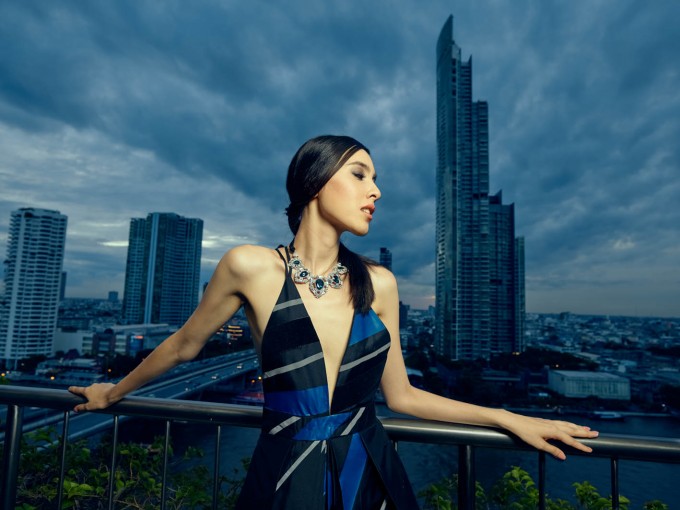
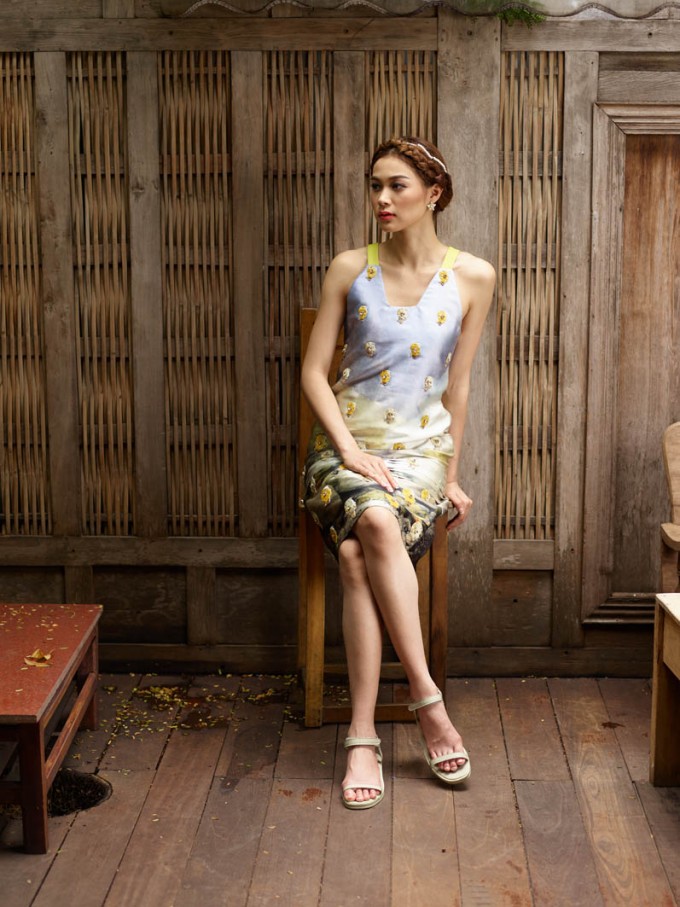
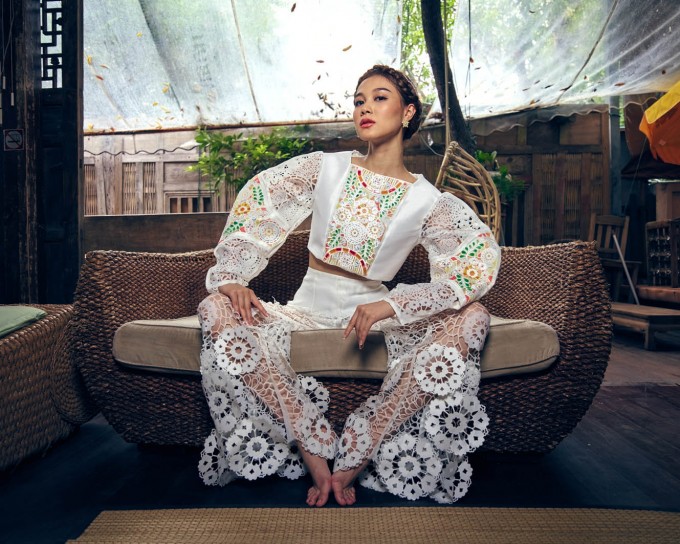
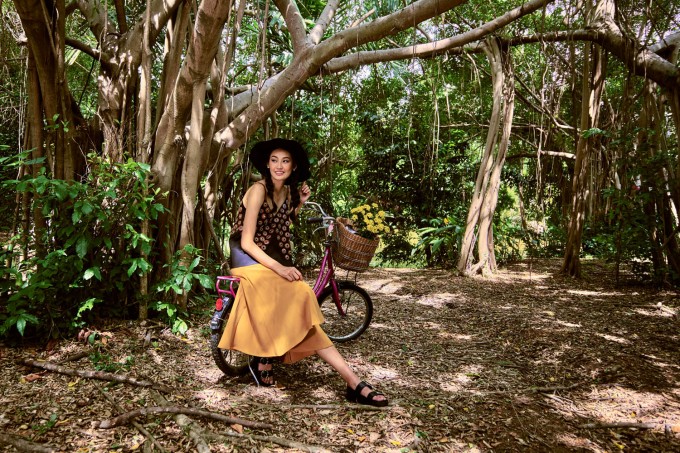
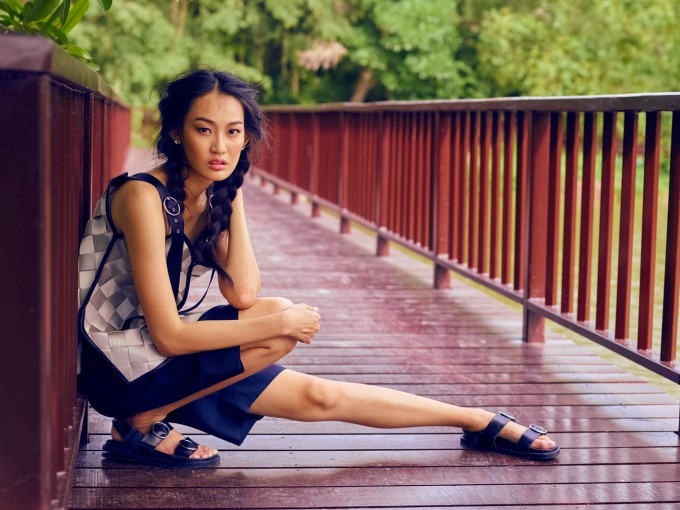

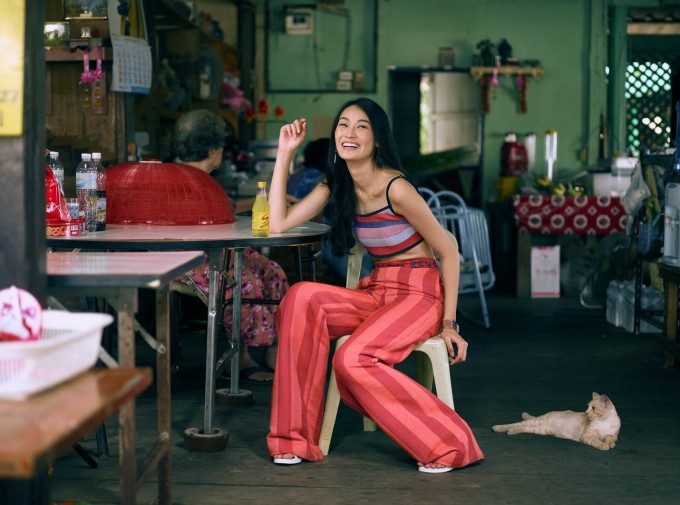
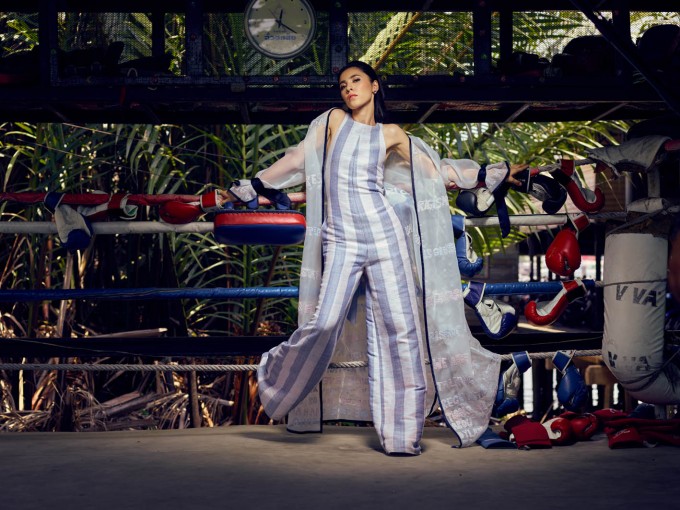
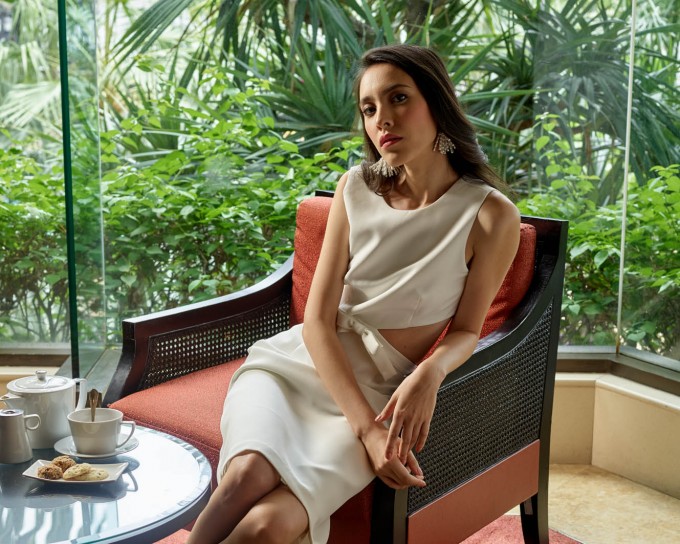
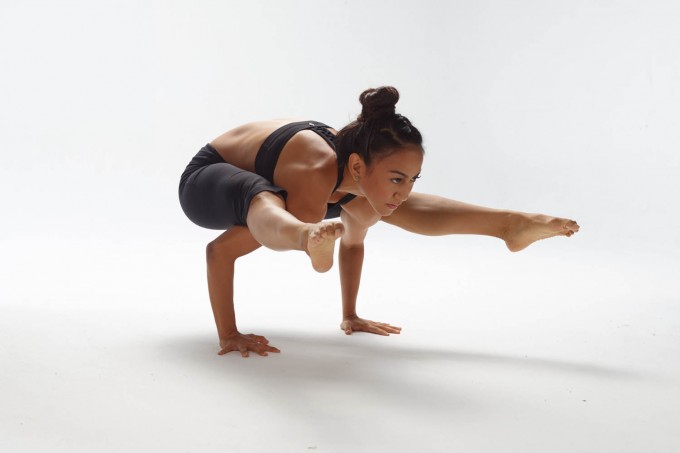
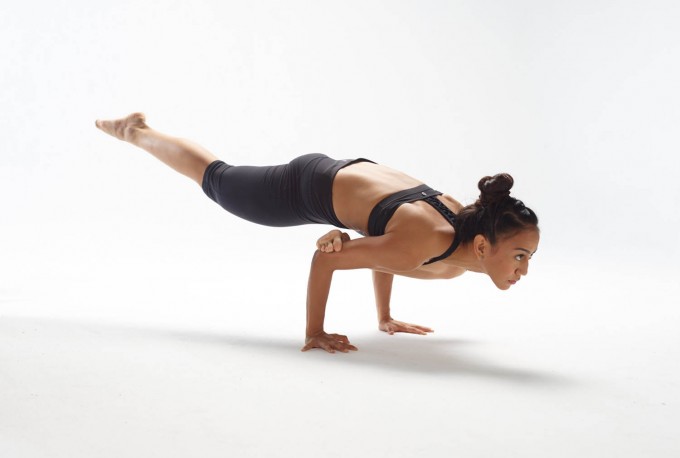
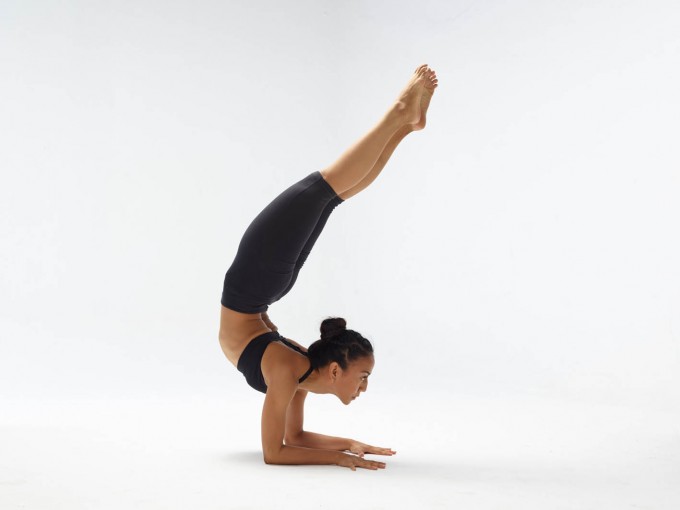
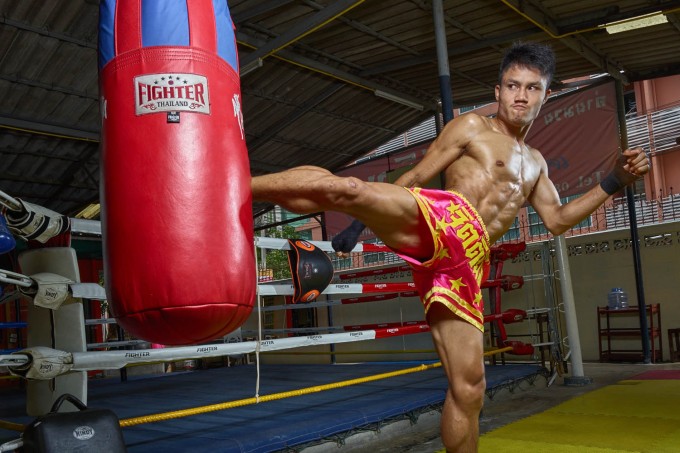
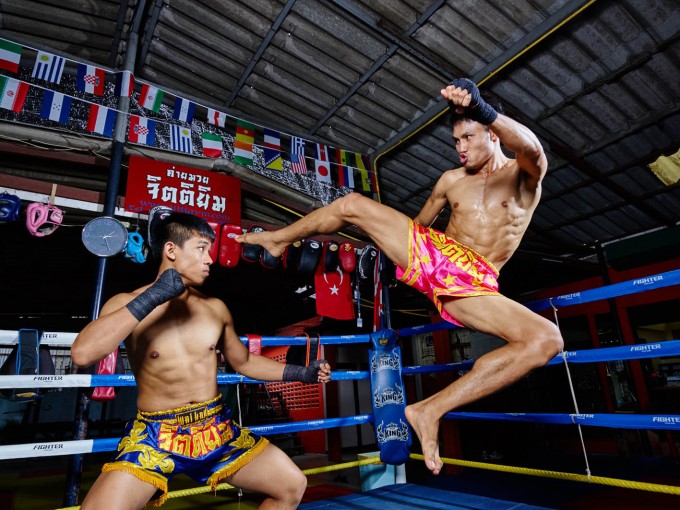
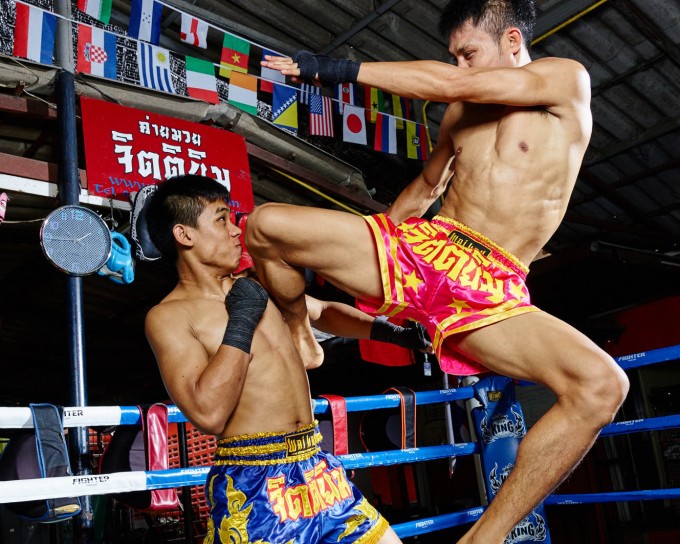


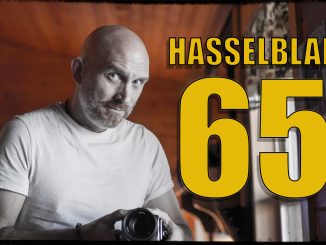
Thanks, I’ve been practicing. I think you missed my last post though, the one where I shot a number of outdoor basketball games with the Phase and a ProFoto B1 flash. The critical comments you left were of the test shoot with the Phase–the first time I’d ever used it. Looking back on it, I have to agree there were problems, but it was enough at the time to see that the system had capabilities that my 35mm system didn’t have.
Recently I shot some cycling races with a D800 + 85mm Nikkor and an A7r +135 mm ZA, respectively. Although I like a couple of the shots, I prefer the results I get from the Phase system. Everything off the 35mm systems looks low res now, and the tonal range doesn’t look as good. I almost took the Phase to the races, but my longest lens is the 80mm SK (50mm equivalent on 35mm FF DSLR) and I felt that was too short for the venues.
One thing that would have made a huge difference on the first shoot is if I had shot tethered, something I did for almost all of the Thailand pictures and try to do whenever I can. It makes it much easier to check the shots against what you are going for. One mistake I think I made on that is that I was worried about the weight of a MacBook Pro in my luggage, so I bought a 13″ instead of a 15″ laptop. When I was shooting, I felt that the larger laptop would have been the better choice and the airline (KLM) didn’t weigh my bag, so the extra weight wouldn’t have mattered.
AP
Hi,
I highly criticized your last post about the Phase camera and this time, I really like your pictures.
The compositions are great, the colours are lovely. There is a good consistency in the fashion shoot. Great job!
Adrien
Thanks to everyone for your kind comments! It makes it easier to go back to my day job after the summer vacation. Although, I am starting to want to do more of these more serious photography projects. Not only are they fun to do but the final result is satisfying from an artistic point of view.
AP
Excellent post! The shot number nine is the one I like more , but this is just IMHO. Each shot looks very well executed and controlled , results of a lot of preparation. Thanks to have shared your work.
Great work!
Fantastic definition.
I have a Sony A7R and a Leica 35mm Summilux ASPH that I use with it. I like the combination but haven’t used it since getting the Phase. I did use the A7R with a 135mm Zeiss to shoot the Tour de France prologue in Utrecht, but am feeling very spoiled by the Phase gear. When I look at anything on my D800 or A7R now, the images look hopelessly low-res. Also, I find the P1 easier to hold and use than the Sony or Nikon gear, despite being heavier than either one. I get pain in my hands and wrist using the D800 with the Zeiss 15mm Distagon or the 55mm Otus. The Sony is fine as far as wrist pain is concerned when using the Leica lens, but the 135mm Zeiss is very hard to use. However, regardless what lens is used, the menu systems of the Nikon and Sony are much more complicated than the P1.
I did try an M Monochrom and an M240 at my local dealer, but didn’t think the price was worth the improvement in image quality. People who know a lot more about this than me think the price is worth the difference in IQ, but I wanted my finished images to be medium format and that meant not getting an M240 for a compact lens that I bought primarily for quick trips that might yield interesting photo ‘sketches’ that I could turn into finished photos later by re-shooting something similar with an MF system.
This Sunday I intend to shoot a cycling event near a Bergen op Zoom, but haven’t decided which system I will bring. Until I get a longer lens for the P1, it will be between the A7R+135mm or the D800+Nikkor 85mm or 100mm Zeiss macro planar.
AP
Balancing ambient and artifial light is always challenging, to put it mildly. It has to work within the intended context of the image and, of course, tastes differ.
Having said that, in some of these shots I would have gone for a darker background AND moving in closer with a wider angle, thus making for a more dramatic image.
Figure 4 is the winner for me in this collection: elegant, simple, unpretentious, with a clear emphasis on the lovely model, and soft yet structural lighting. Figure 2 at the overpass doesn’t work for me. She needs stronger lighting IMO, and I’m inclined to think the yoga lady could have used a different lighting set up for her face, which is so near the ground. But I appreciate and respect the planning that went into this project. Very impressive!
Thanks. It’s interesting to see the favorites listed because they aren’t always the same, although cafe #4 now has two votes. There was one shot I almost threw away but kept because I thought it looked like other fashion shots I’d seen. Now, several people I know have singled it out as one of their favorites. It isn’t in this group, but can be seen on my website http://www.paqphoto.com. I wonder if anyone here can figure out which one it is? There are (I think) about 8 images in the fashion section that aren’t here, so it won’t be simple process of elimination. Also, there were two shots that I like a lot but my wife really dislikes so I didn’t put them on my site. Based on her statements, I think she didn’t like the clothes the model was wearing–as opposed to finding fault with the photo–but the effect is the same.
AP
Excellent work, congratulations. I like jungle bridge, # 4 cafe and # 14 yoga most.
Interesting to see all your posts in Steve’s website Andrew, I wonder if you try Leica M already with all of your M lenses.
I went with A7II+M lenses road, but very curious to use my M lenses with its native mount. Isn’t because your type of shooting you didn’t prefer RF to be your tool? I found that M240 with 50 APO to be the best result in my eyes.
In this series I favor #5.
Daniel
Well done!
Exciting photos and thanks for sharing your site.
Very nice images, and I can see why you were pleased. Enjoyed the story of challenges and teamwork needed to execute your concept. The resulting images show your success.
Love the post. Interesting to hear the story behind the photos. I will check out the new site as well. Personal fave is #5, interesting pose and well lit.
@Mark: Thanks for your comment! Yes, I was pretty happy with the results. After I got back home, I decided to make a new website that only has photography on it, instead of the site referenced here that has paintings, illustration, CG art, and photography. The new site is http://www.paqphoto.com
AP
Figure 4 is Art. Bases on these images, I hope you headed home with a sense that this very well planned shoot was a “Mission Accomplished”!